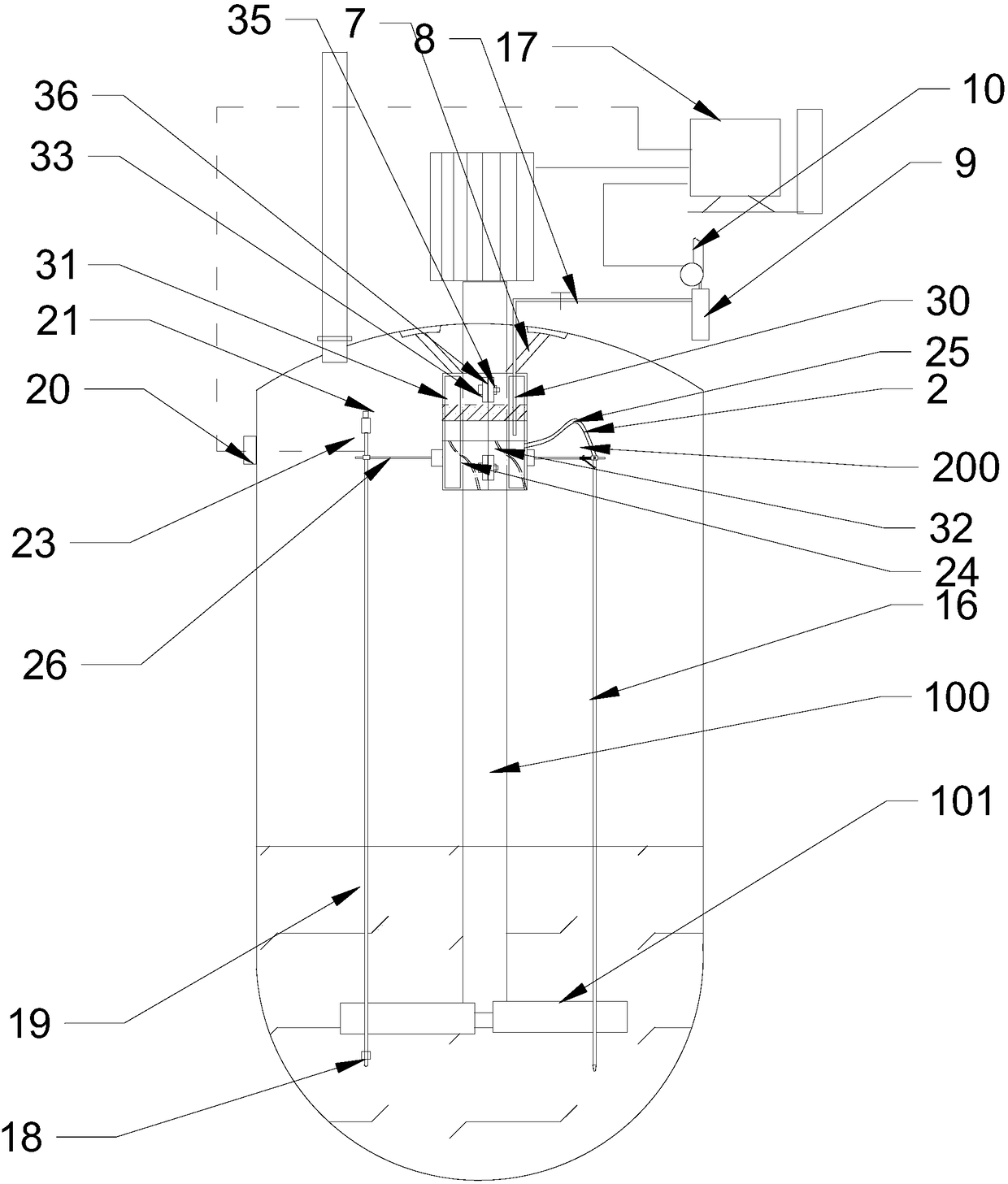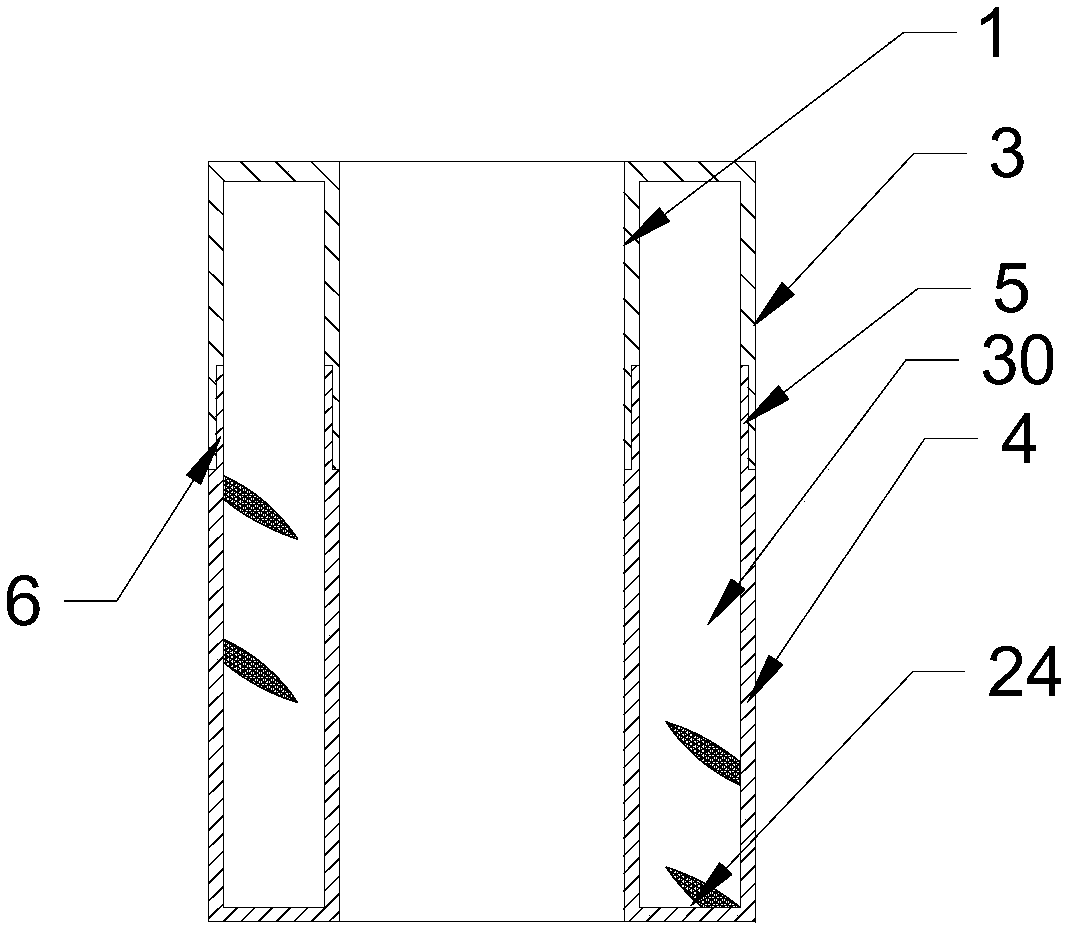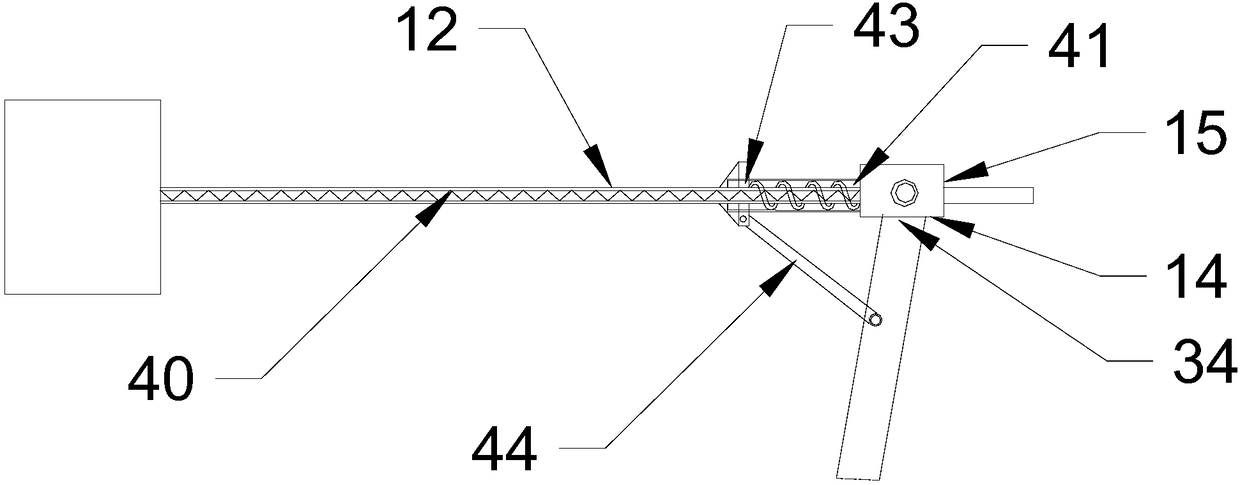Production process of p-phenylene diisocyanate
A p-phenylene diisocyanate and production process technology, which is applied in the field of sampling component machinery manufacturing, can solve the problem of low sampling efficiency when the depth of the reaction liquid cannot be selected for sampling, and achieve the effect of improving the stirring effect, improving the sampling efficiency, and simple control
- Summary
- Abstract
- Description
- Claims
- Application Information
AI Technical Summary
Problems solved by technology
Method used
Image
Examples
Embodiment 1
[0035] Embodiment one: the present invention discloses a kind of production technique of p-phenylene diisocyanate, comprising the following steps:
[0036] 1) Warm up the chlorobenzene solution of p-phenylenediamine and triethylamine to 100°C, and add the chlorobenzene solution of bis-(trichloromethyl)carbonate into the reaction kettle together, the whole adding process In the process, the temperature of the reaction system is controlled below 50°C;
[0037] 2) Warm up to reflux, continue to add the chlorobenzene solution of the chlorobenzene solution of bis-(trichloromethyl)carbonate, finish adding in 1.5 hours; reflux for 2.5 hours;
[0038] 3) After removing the solvent under reduced pressure, rectify and collect the distillate product at 130-136°C / 8mmHg;
[0039] Wherein, the molar ratio of the p-phenylenediamine to bis-(trichloromethyl)carbonate is 1:(0.67-5). The content of p-phenylene diisocyanate analyzed by GC was 99.5%, the isocyanate value was determined to be 52....
Embodiment 2
[0040] Embodiment two: the present invention discloses a kind of production technique of p-phenylene diisocyanate, comprises the following steps:
[0041] 1) Warm up the chlorobenzene solution of p-phenylenediamine and triethylamine to 100°C, and add the chlorobenzene solution of bis-(trichloromethyl)carbonate or trichloromethyl chloroformate to the In the reaction kettle, the temperature of the reaction system is controlled below 50°C during the entire addition process;
[0042] 2) Warm up to reflux, continue to add the chlorobenzene solution of bis-(trichloromethyl)carbonate or the chlorobenzene solution of trichloromethyl chloroformate, finish adding in 3 hours; reflux for 5 hours;
[0043] 3) After removing the solvent under reduced pressure, rectify and collect the distillate product at 130-136°C / 8mmHg;
[0044] The molar ratio of the p-phenylenediamine and trichloromethyl chloroformate is 1:(1-5).
[0045] GC analysis showed that the content of phenylene diisocyanate was...
PUM
 Login to View More
Login to View More Abstract
Description
Claims
Application Information
 Login to View More
Login to View More - R&D
- Intellectual Property
- Life Sciences
- Materials
- Tech Scout
- Unparalleled Data Quality
- Higher Quality Content
- 60% Fewer Hallucinations
Browse by: Latest US Patents, China's latest patents, Technical Efficacy Thesaurus, Application Domain, Technology Topic, Popular Technical Reports.
© 2025 PatSnap. All rights reserved.Legal|Privacy policy|Modern Slavery Act Transparency Statement|Sitemap|About US| Contact US: help@patsnap.com



